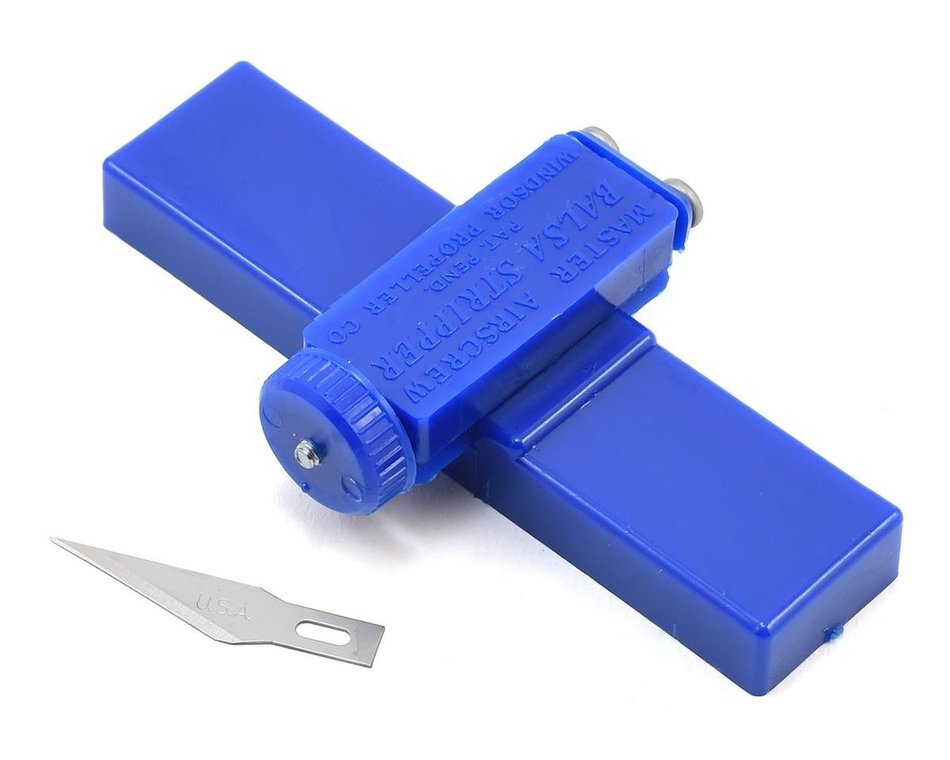Response
Dear Ken,
Thoughts and responses in order of appearance:
Firstly, looks like a nice use of 5mm Foamcore 
Quote:
I am examining the use of foam board in benchwork. This module is nominally 24” x 72” x 5” with a 72” center span and 24” cross members on 18” centers.
Interesting dimensional choices. Previous discussions here on MRH, esp RE "TOMA" suggested that 6' (72") long is pushing the limits for single-person movement. Multiplying that by 2' (24") wide makes for about the largest single-piece element one would want to try and move around single-handed.
Example : typical domestic single-person 30" external doorway thru laundry
(as say, one might need to navigate while moving a module from garage or shed --> inside house)

Example : domestic single-person 42" internal hallway with dogleg, "train room" at end

That said, given your overall 12 x 4 "island" footprint mission, I "get" why you've chosen those dimensions.
The 18" spacing of the cross-braces is a bit farther-apart than I would instinctively use, but not by much. For reference, my default and go-to spacing is 16" under (typically) 4' proscenium modules.
Example 1:10 4 x 2 x 2 Proscenium with 16" "profile/mid-bracing" spacing.
(Click on the "Example" text to download a PDF of the design.
Print with NO SCALING, glue onto cereal box cardboard,
cut out the elements and assemble...  ).
).

4 x 1 "foamcore plank", 2" thick, reccomended mid-bracing 12-16" spacing.

5" is an interesting depth measurement. Are you intending to have any "below track earthworks" like trestles, creeks, etc? If Yes, you may want to (re)consider the depth measurement, and seriously pre-engineer the locations of the earthworks and related structural-mods to accomodate.








Quote:
The boards are 2 x 3/16” laminated with Gorilla Wood glue (because that’s what I have).
I personally use straight White (PVA) Glue for laminating foamcore, but by-all-means you gotta use what you got on-hand... 
The keys, whichever glue you use, are:
- Glue and weight on a flat-surface
(UNLESS you are deliberately creating a "pre-tensioned" foamcore element)
- Skreed the glue thin and consistent accross the entire surface, you are wanting a full-surface-bond.
Quick sidenote, I think I see overlaps in the long-side members. Is this because your starting with sheets that are < 72" long? Laminating for strength (doubling the thickness of the side members) is arguably redundant,
(more on this later), but laminating "to allow overlap/extension using shorter-sheet-parts" makes sense...
Quote:
Top will be 3 x 3/16” foam board.
Should work fine, will easily handle up-to 4 kilo/9 pound Brass O2R Challengers, so On30 equipment
(B'mann Stearns Heisler is approx 500Grams/1 pound) should be handled easily. It must be said that we are NOT building a platform which needs to benchpress an F-150 pickup truck!

 2x laminated Foamcore thickness "deck" handles an Atlas O2R MP15 (1.2Kilos) + Overland Brass CA11 Caboose (0.7Kilos) with ease...
2x laminated Foamcore thickness "deck" handles an Atlas O2R MP15 (1.2Kilos) + Overland Brass CA11 Caboose (0.7Kilos) with ease...

Quote:
Using interlocking notches
... is highly reccomended! "Tab-in-slot" works great in Foamcore, and is a great match with either White (PVA) Glue or Low-Temp ("craft" type) hotglue.
Tab-Slot connection between Profile "C" and rear structural member

Cross-brace tab/slot "T-joint" with front lower-fascia

However, the Over-Riding Rule is:
- Never, and I mean NEVER cut, chop, notch, or thin a Foamcore element such that it is Less Than 2"!
2" seems to be the point where Foamcore simply does not have enough "meat" to be useful, and this becomes particularly critical when considering the "spine" part of a "C-shaped profile" of a proscenium module.
Note how the mid-backdrop stiffener in the pic below is Vertical, as opposed to Horizontal. This is because the spines are only 2", and if that mid-backdrop stiffener was tab/slot-ed, it would reduce the spine to (only) 1", which is not enough to withstand the "spring force" of the matteboard coved-backdrop sheet...

Part of the reason why I'm harping on this is that you've noted your module is (only) 5" thick. By "half/half tab-in-slot-ing" the Ends and Mid-module Braces with the longitudinal centreline member, you have reduced those members to disturbingly-close to the "minimum 2" dimension"...
...it will still work, just be aware of the material performance envelope...
Speaking of "tab-in-slot", how are you creating your "tabs" and "slots"? Your example pics look great, so you've obviously got tools and techniques sorted... 
"Homebrew" dbl-bladed knife, 3mm aluminium means a perfect 5mm (3/16") slot, every time...

Master Airscrew Balsa Stripper - IMHO essential for consistent easy "edge trim" and "tab"/"dovetail" creation

Quote:
Again, the main question: how do I know if this is structurally sound? Trial and Error or Math(s)?
Honestly, engineering in Foamcore is equal parts "Art and Science". There is not-so-much the kind of "X mass over Y Span = zero deflection" material-performance-specs available for Foamcore as for other more "hardware-y" materials. I mean, it's not the first time Model RRers have pressed a "normally used for" material into a service it was never tested or intended-for! 
This is also compounded by the use of Monocoque and similar structural designs, which counter-intuitively produce stronger/more-rigid structural assemblies than their constituent materials would suggest is possible. (aircraft wings from paper-thin sheet aluminium, etc),
but are much-harder to "calculate manually in One's own brain"...
(It's not a straight-forward "X times Y = Z" equation,
pass the Atomic Weights + Theodolite + Finite Material Non-Destructive Analysis rig...  ).
).
However, many decades of experience in Australia, the UK, and even the US provides a wealth of evidence that, engineered and assembled properly (as you very-much appear to be doing, or at least heading-towards  ),
),
combined with a firm honest assessment of the actual loading and use-case-stresses the modules will face,
suggest that Foamcore should be well-capable of achieving what you're asking...
I hope this helps. For further reference, reccomend checking out:
https://model-railroad-hobbyist.com/node/19222
https://model-railroad-hobbyist.com/node/18802
https://model-railroad-hobbyist.com/node/19638
https://model-railroad-hobbyist.com/node/19903
https://model-railroad-hobbyist.com/node/27299
https://model-railroad-hobbyist.com/node/42363
Happy Modelling,
Aim to Improve,
Prof Klyzlr